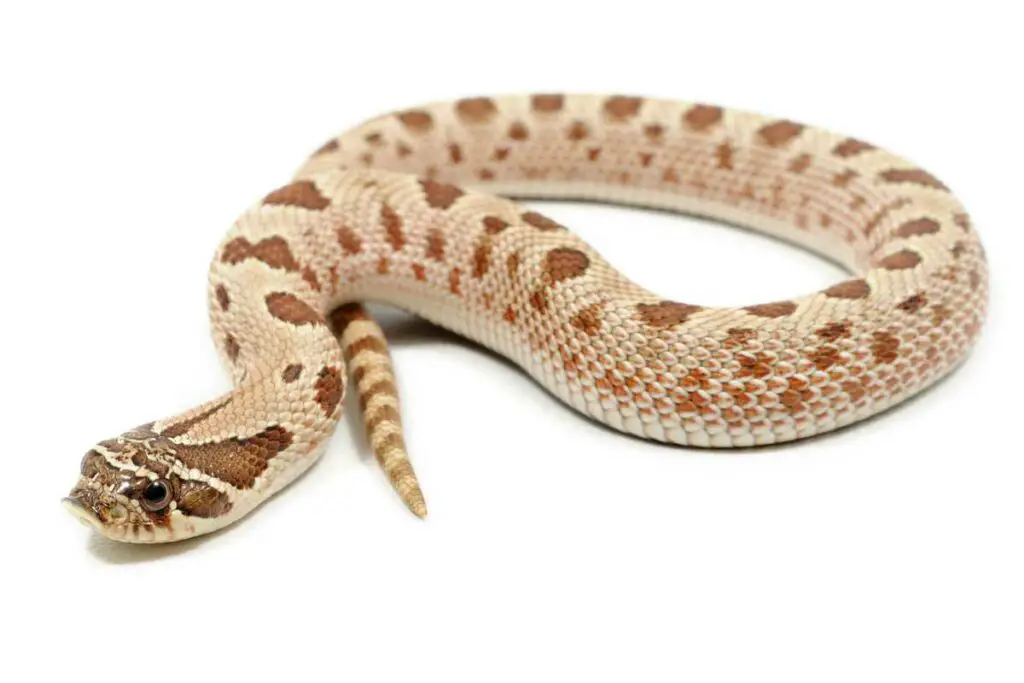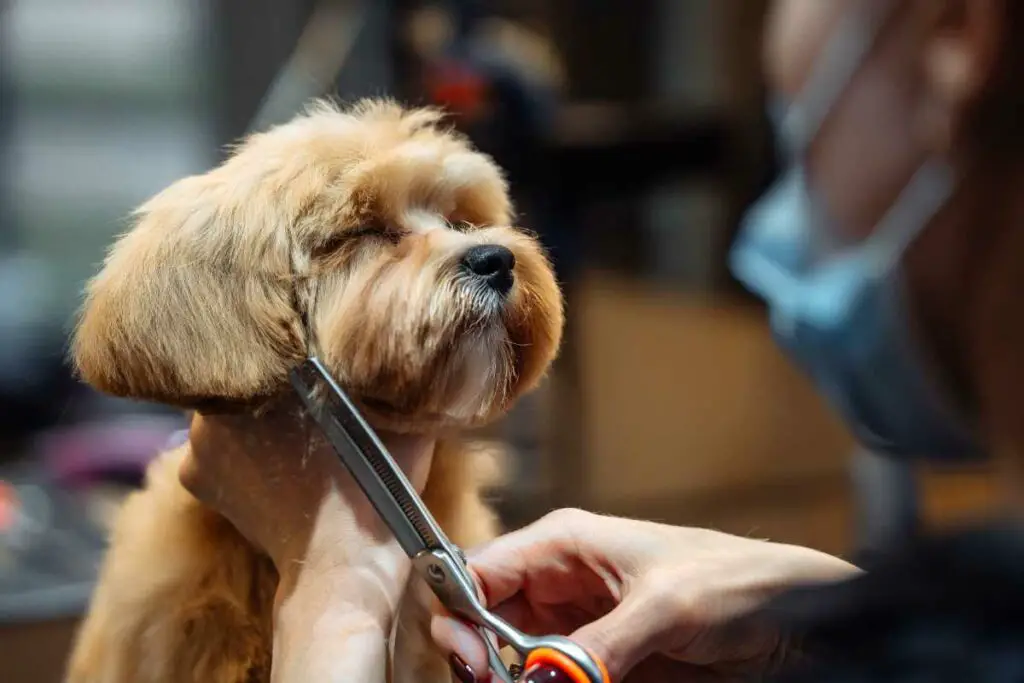Muskrats are small, semi-aquatic rodents that tend to nest in wetlands and ponds in order to feed off aquatic vegetation like water lilies and cattails, as well as small creatures in the water.
Pond owners have come to see this creature mainly as a pest, though.
This is because they multiply quickly and can negatively affect ponds by eradicating desirable aquatic vegetation and carrying in bacteria and parasites that can transfer to humans and other nearby animals.
Therefore, many pond owners, especially urban pond owners, want to get rid of muskrats from their ponds. There are several ways to do so, including setting traps, using netting, using a bank liner, and more.
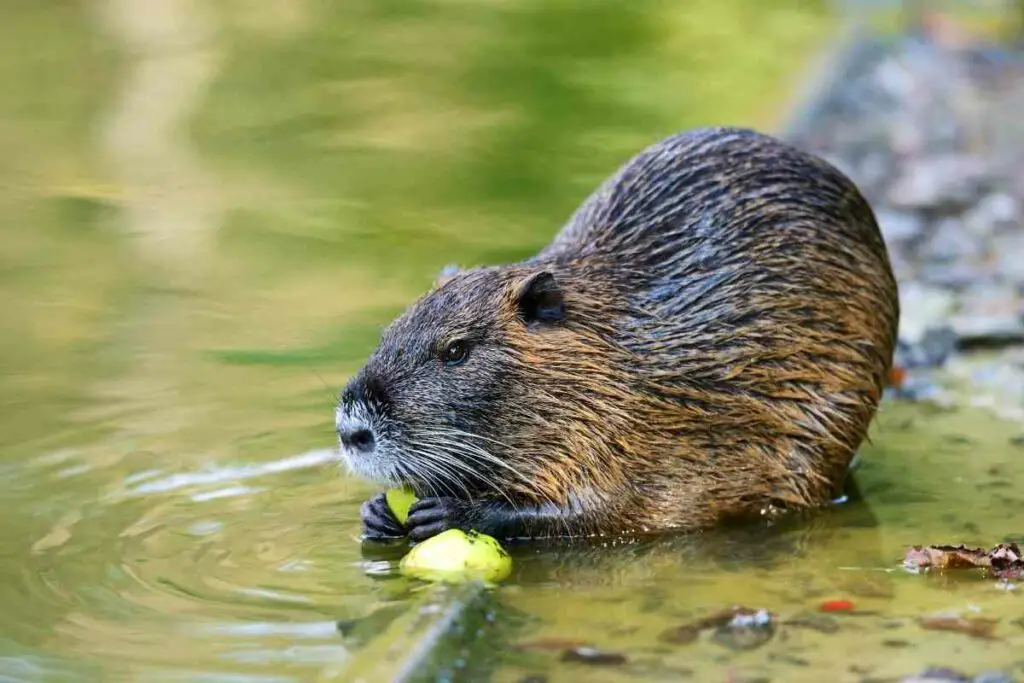
We will cover the following aspects of getting rid of muskrats from a pond, including five different effective ways to do so (and the pros and cons of each method):
- How do I set traps for muskrats in my pond?
- How do I use netting to deter muskrats from my pond?
- How do I use a bank liner to deter muskrats from my pond?
- How do I remove food sources for muskrats in my pond?
- How do I use pesticide sprays to get rid of muskrats in ponds?
Table of Contents
1. How Do I Set Traps for Muskrats in My Pond?
The first way to get rid of muskrats in a pond, and perhaps the most outright effective, is to set traps. This is a direct way of getting ahold of the rodents and removing them. You can use a trap baited with fruit such as sweet potatoes or a type of vegetation that you’ve seen evidence of them eating.
It’s recommended to check traps daily if you’re going to use them so that if you catch one, you can quickly and safely remove it.
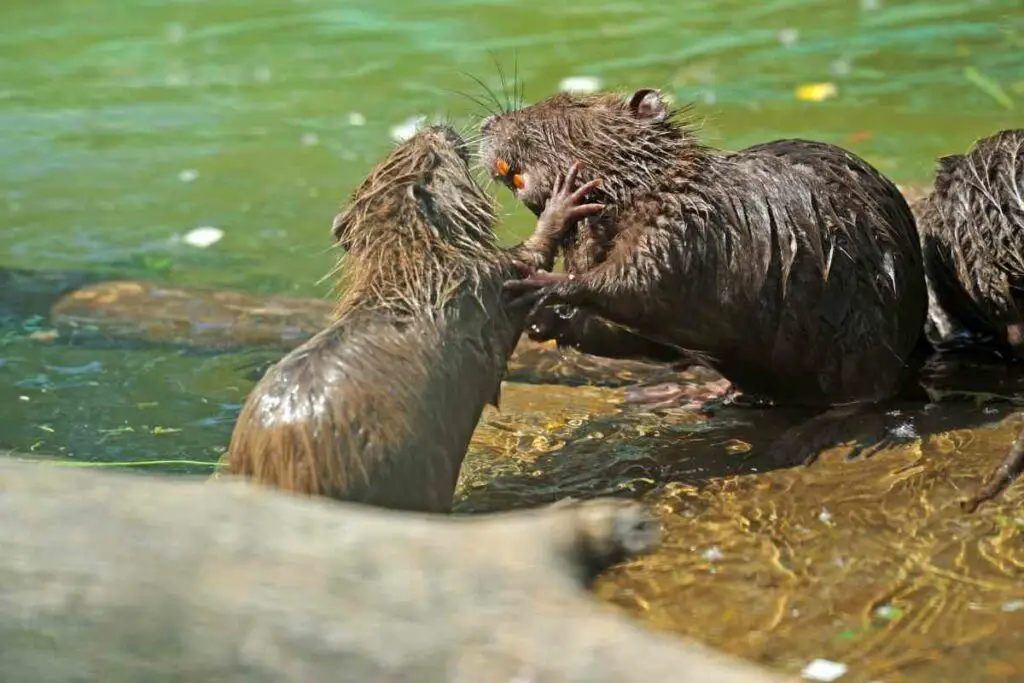
Note that trapping usually requires relocation as well, which you should do based on local guidelines.
Pros of Setting Traps
The biggest benefits of setting traps are that they get right to the source of the problem, and they aren’t too expensive.
Cons of Setting Traps
Cons of trapping include the fact that you also have to check the traps frequently and relocate the muskrats once you catch them.
This is time-consuming, and it also requires that you contact local wildlife authorities to get assistance sometimes.
Furthermore, many people don’t like setting traps because it can be inhumane, and animals can starve, dehydrate, or even die when stuck in a trap for too long.
2. How Do I Use Netting to Deter Muskrats from My Pond?
You can also place netting at the top of your pond, in the water, to deter muskrats. Floating netting with small holes won’t disrupt the ecosystem too much, meaning frogs, bugs, and fish will be mostly unbothered.

You can find floating netting for about $20-$30, but costs may vary depending on how large your pond is.
Pros of Pond Netting
Pond netting is beneficial because it isn’t too expensive, and it’s not very disruptive to other wildlife.
One nice thing about this netting is that it is pretty much invisible since it’s under the surface, and it doesn’t take away from the aesthetics of a pond.
Cons of Pond Netting
Unfortunately, floating netting requires some more intricate installation.
You have to get creative and secure it around the edges of the pond with heavy objects.
Also, muskrats can still chew through pond netting if they’re determined enough.
3. How Do I Use a Bank Liner to Deter Muskrats from My Pond?
You can also cover the banks of your pond with some kind of plastic pond liner. Because muskrats rely on burrowing and digging to do what they do, a liner will make it difficult for them to do so.
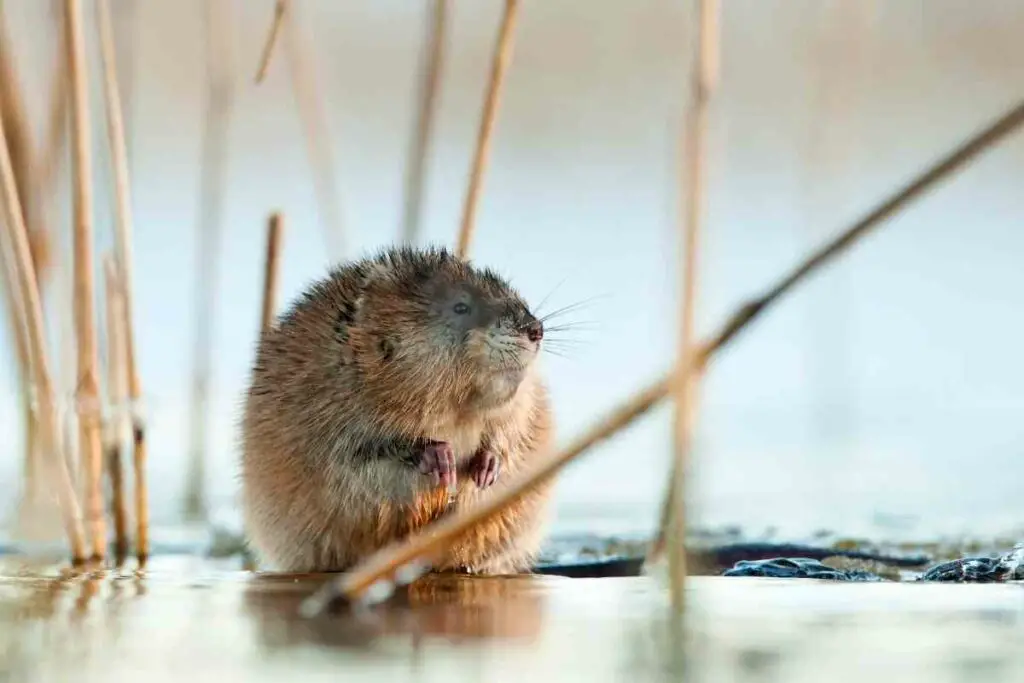
Sometimes, this causes them to give up and move elsewhere for food.
Pros of Pond Liners
Pond liners are pretty affordable, and they work pretty effectively.
Cons of Pond Liners
One downside to pond liners is that they make it difficult for vegetation to grow.
So, if you were trying to get rid of muskrats to save your vegetation, then the liner is a somewhat counterintuitive solution.
4. How Do I Remove Food Sources for Muskrats in My Pond?
One other way you could reduce the muskrat population in your pond is by eliminating their food sources. Since they eat mostly aquatic vegetation, you can target some of their favorite foods and try to remove them from your pond.
This is a better method if you don’t care too much about the plants in your pond.
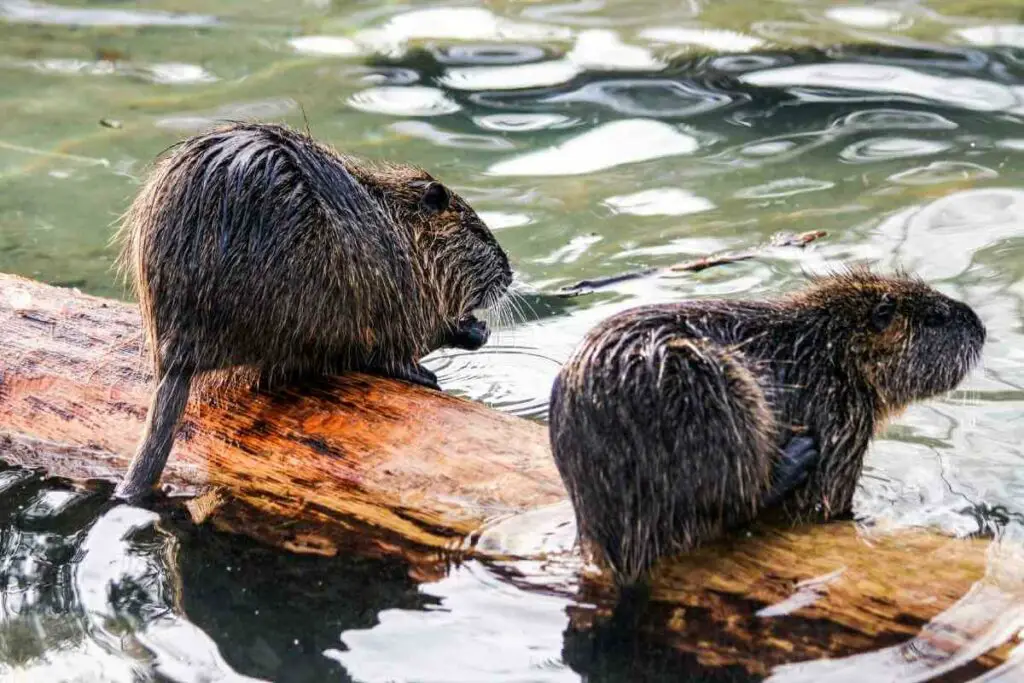
Muskrats really gravitate towards cattails, water lilies, arrowheads, and ferns.
Pros of Removing Food Sources
It doesn’t really cost any money – just a little bit of manual labor to cut down the plants.
Chances are, you have pond muskrats because they got drawn in by food; this is a direct way of getting rid of them.
Cons of Removing Food Sources
The muskrats may still return and seek out other food in the pond, such as frogs, bugs, etc.
5. How Do I Use Pesticide Sprays to Get Rid of Muskrats in Ponds?
Finally, you can use sprays that ward off muskrats and similar pests. Applying them to the vegetation you don’t want them to eat will send them running because of their unpleasant taste and odor.

If you don’t want to use a chemical spray, you can use cayenne pepper mixed with water.
Pros of Sprays
They’re very effective at getting rid of muskrats.
Cons of Sprays
The chemical sprays can be harmful to the vegetation, as well as other wildlife.
Conclusion
Be sure to try out our five easy ways to get rid of muskrats in ponds.
Although these semi-aquatic rodents can be pervasive, there are still effective ways to deter them.




